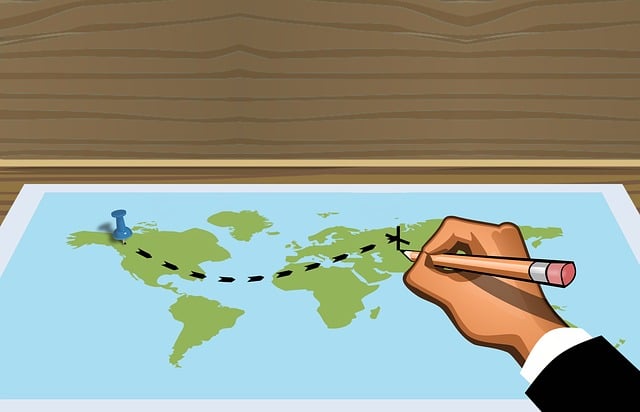Traditional real estate practices are inefficient due to in-person showings that cause scheduling conflicts, increase travel costs, delay transactions, and impact the environment. Technology offers solutions like virtual tours and online listing platforms that enhance flexibility and accessibility for both buyers and sellers, substantially reducing inefficiencies, stress, and environmental emissions. By adopting digital tools, real estate processes can become more efficient and accessible, minimizing unnecessary showings and benefiting all parties involved.
In today’s fast-paced world, traditional real estate practices often lead to inefficient in-person showings, wasting valuable time and resources. This outdated approach can be particularly problematic for busy buyers and sellers alike. To address this issue, we explore innovative solutions driven by digital transformation in the real estate sector. From virtual tours and 3D technologies to online listings and advanced digital marketing strategies, these cutting-edge methods significantly reduce unnecessary on-site visits. Discover how strategic implementation of these tools can streamline the buying and selling process, enhance efficiency, and open doors to exciting future prospects in the ever-evolving landscape of real estate.
The Problem with Traditional Showings

In the traditional real estate market, in-person showings are often a time-consuming and inefficient process. Buyers and agents alike face numerous challenges, from scheduling conflicts to the strain of constant physical meetings. The problem escalates when multiple interested parties request viewings, leading to a juggling act for both buyers and sellers. This method not only delays the buying or selling process but also increases unnecessary travel, contributing to higher costs and environmental impact.
Moreover, traditional showings often limit access to properties, especially for busy individuals with demanding schedules or those in remote locations. The lack of flexibility in this approach can hinder a potential buyer’s ability to make informed decisions quickly, potentially missing out on desirable listings. This is where technology steps in, offering innovative solutions like virtual tours and online listing platforms that promise to transform the real estate experience.
– Addressing the inefficiencies of current real estate practices

The current real estate practices have long been criticized for their inefficiencies, particularly when it comes to showing properties to potential buyers. Traditional methods often involve multiple showings for each interested party, leading to wasted time and resources for both agents and clients. Buyers may find themselves scheduling numerous appointments, only to discover that the property doesn’t meet their expectations. This process not only delays the buying journey but also adds unnecessary stress and expense.
By leveraging technology, such as virtual tours and advanced online platforms, these inefficiencies can be significantly reduced. Digital tools allow buyers to explore properties from the comfort of their homes, eliminating the need for multiple physical showings. This shift not only enhances convenience but also fosters a more environmentally friendly approach by decreasing travel emissions associated with traditional real estate practices.
– Highlighting the time and resource-intensive nature of in-person showings

In today’s fast-paced real estate market, in-person showings have long been the primary method for buyers to view properties. However, this traditional approach is both time and resource-intensive for both agents and prospective clients. The process often involves scheduling appointments, coordinating schedules, and physically transporting buyers to and from each listing, which can be inefficient and inconvenient. Not only does this method require significant time investment from all parties involved, but it also has environmental implications due to the increased use of transportation.
Additionally, in-person showings can limit access to properties, particularly for busy professionals or those with limited mobility. They often rely on a buyer’s availability during specific hours, which may not align with their schedules. This exclusivity can narrow the options for potential buyers and prolong the overall search process. By embracing digital tools and technologies, such as virtual tours and advanced photo photography, real estate practices can significantly reduce unnecessary in-person showings, creating a more efficient and accessible experience for all involved.






